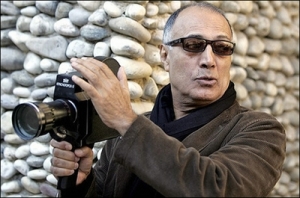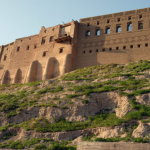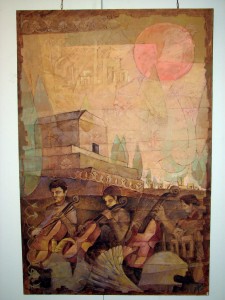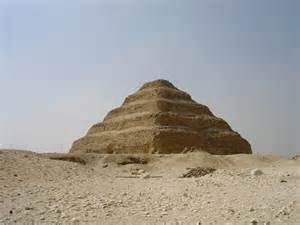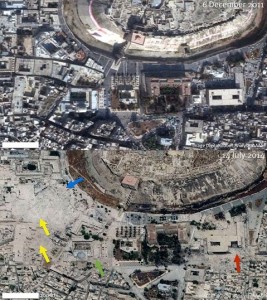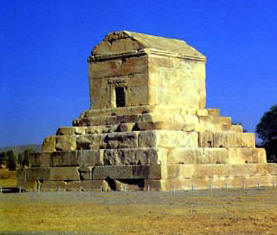 Australian government unveiled a 35-year plan to manage risks and protect the Great Barrier Reef (GBR) as well as from having GBR reclassified by the United Nations as “in danger”. However, conservationists have warned that the plan which was announced just a few weeks ago did not go far enough as reported by the New York Times. The experts believe that the plan does not deliver bold, concrete actions.
Australian government unveiled a 35-year plan to manage risks and protect the Great Barrier Reef (GBR) as well as from having GBR reclassified by the United Nations as “in danger”. However, conservationists have warned that the plan which was announced just a few weeks ago did not go far enough as reported by the New York Times. The experts believe that the plan does not deliver bold, concrete actions.
The United Nations Educational, Scientific and Cultural Organization listed GBR as a World Heritage site in 1981 but warned that it might put the reef on the List of World Heritage in Danger in 2015. Of Unesco’s 1,007 cultural and natural World Heritage properties, 46 are considered “in danger,” several of them in war-torn countries like Syria.
Great Barrier Reef stretches along most of the coastline of the state of Queensland and is about the size of Italy or Japan. However the Reef has been under increasing threat from climate change, poor water quality and the impact of coastal development that includes the controversial expansion of a major coal-loading port at Abbot Point. In fact, a government report in 2012 found that the reef had lost over half of its coral cover in 27 years.
The new plan which has been named Reef 2050 Long-Term Sustainability Plan, is supposed to provide a framework for managing the reef, which includes monitoring turtle, coral trout and dugong populations and breeding; improving water quality; and setting targets for substantial reductions in farm chemicals leaching into the waters of the Great Barrier Reef Marine Park.
However, according to NYT, WWF-Australia has said that the proposals were insufficient and that billions of dollars were needed to restore the health of the reef. It said that the report failed to set its targets high enough and allocate funds to help farmers cut fertilizer runoff, and that the government had failed to minimize dredging and dumping in the World Heritage area.

